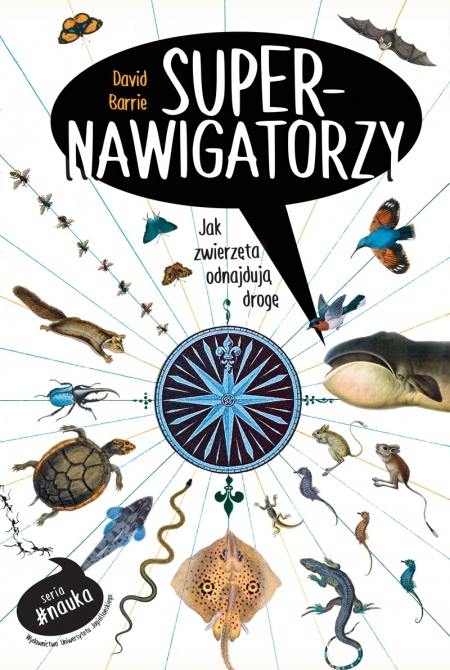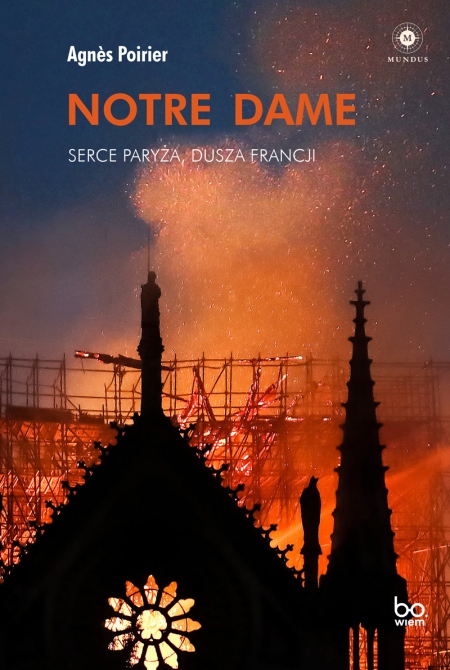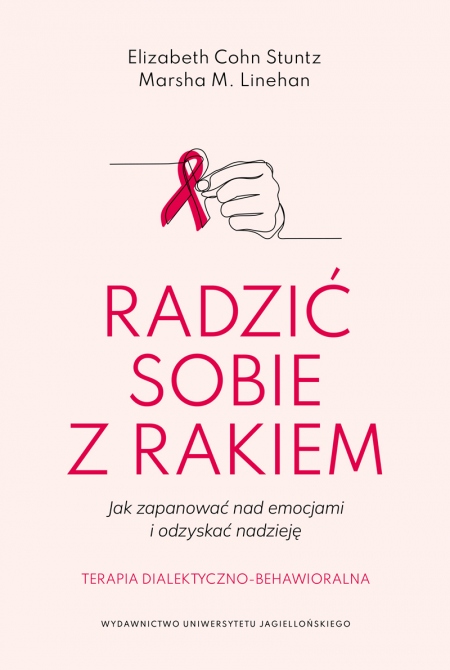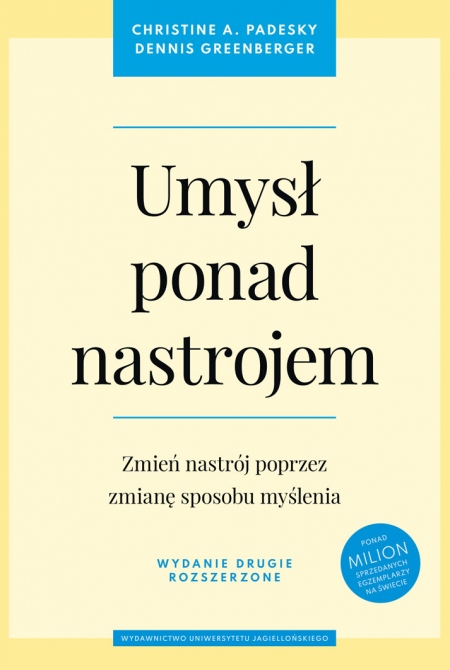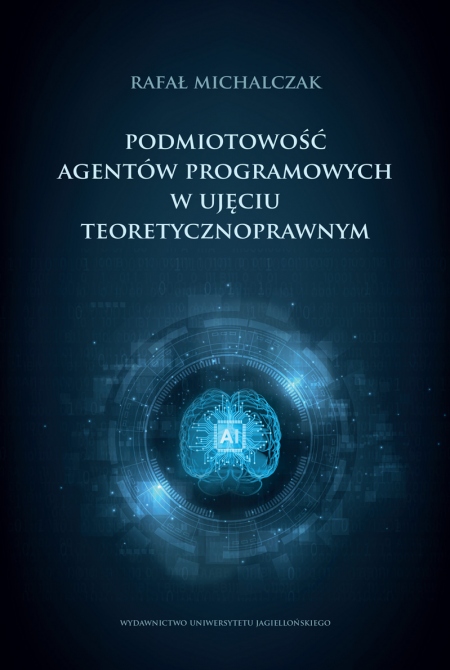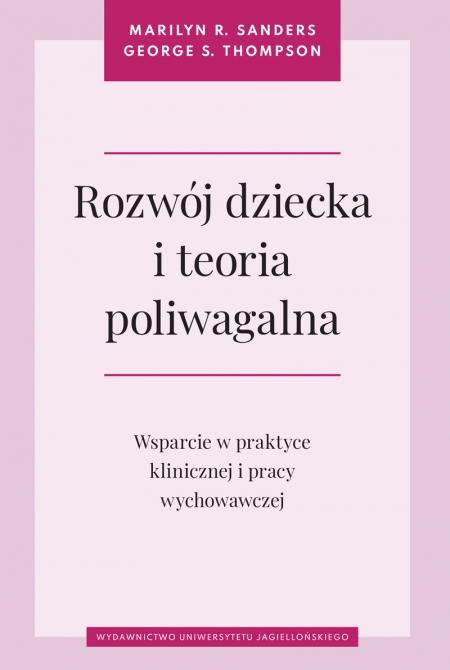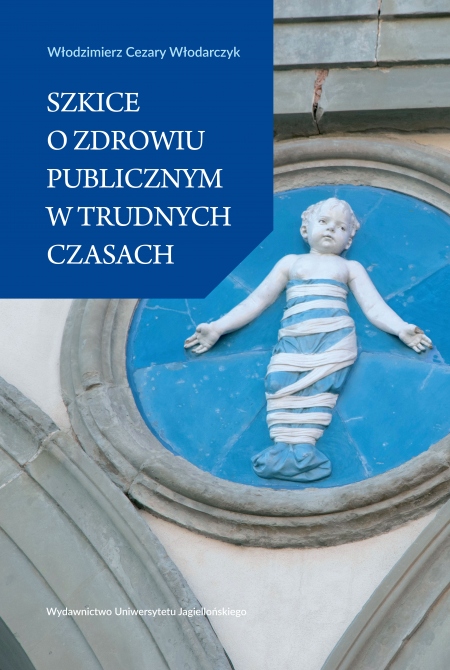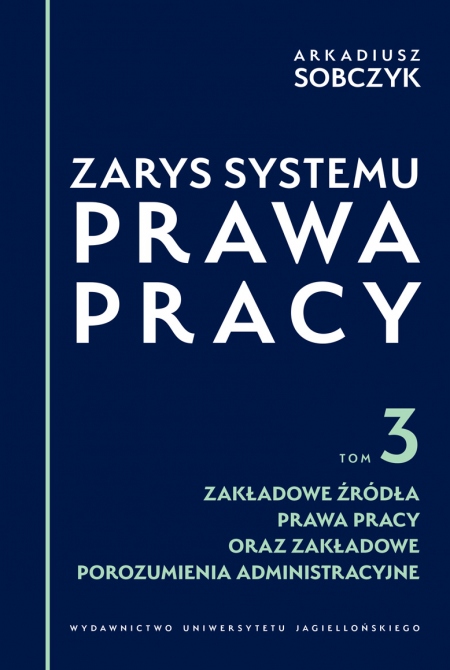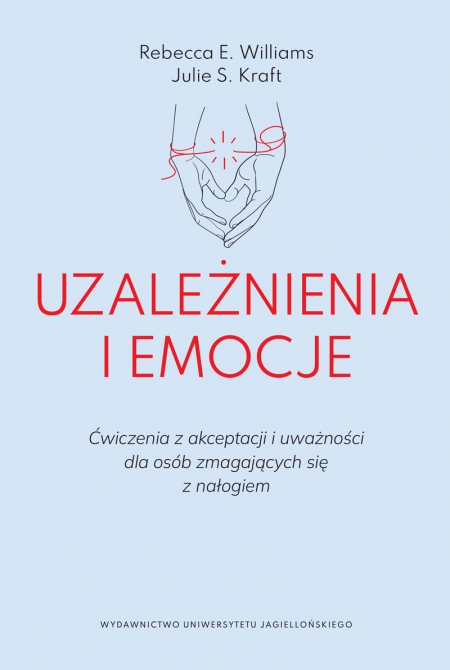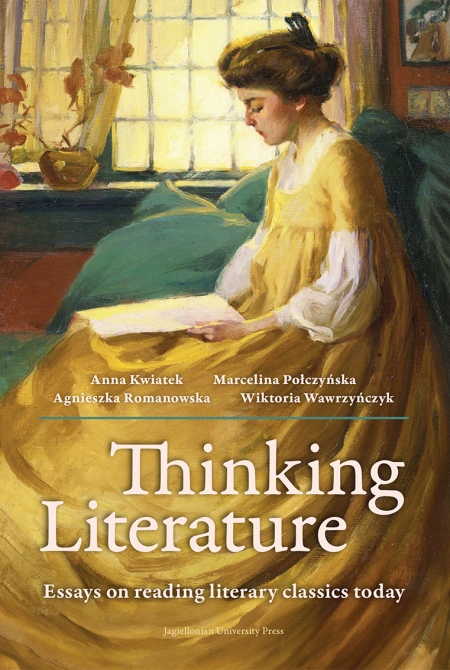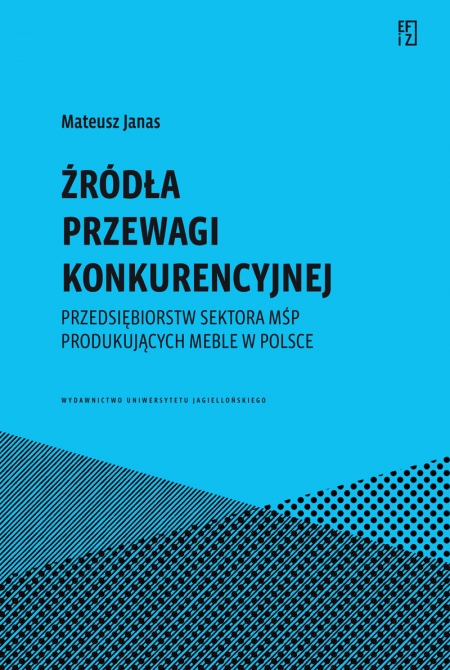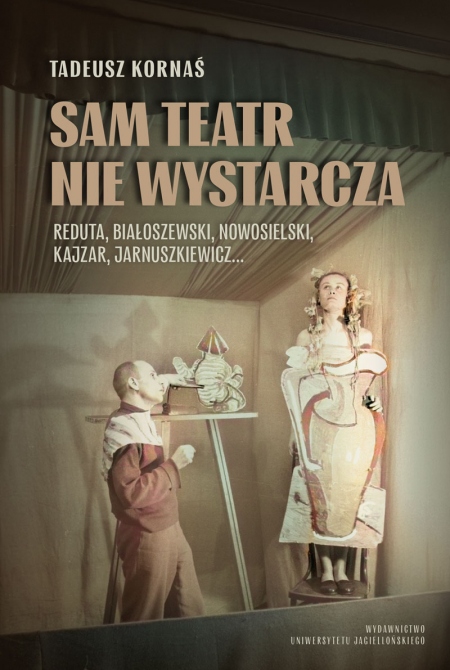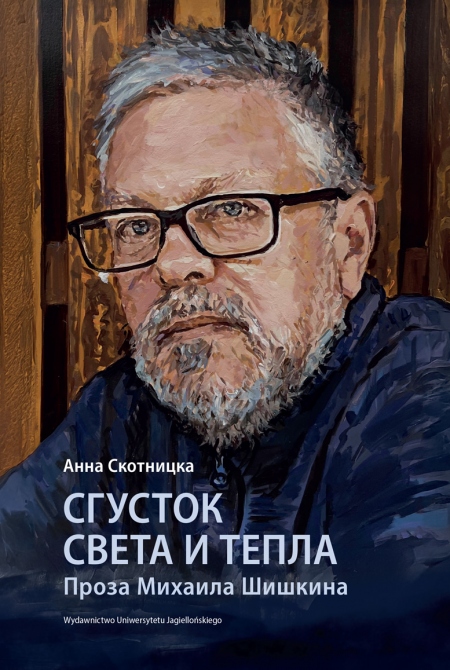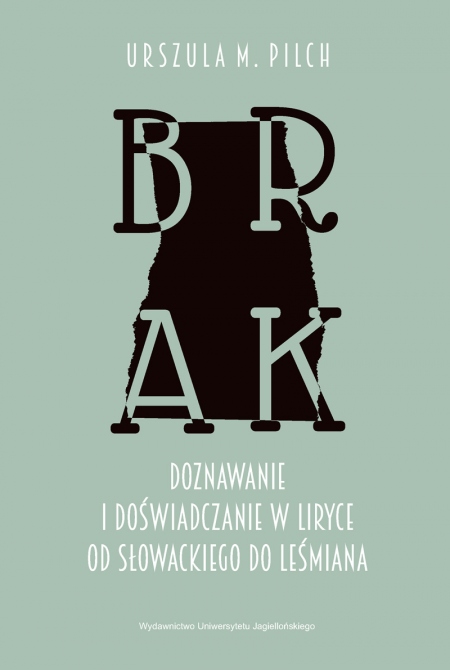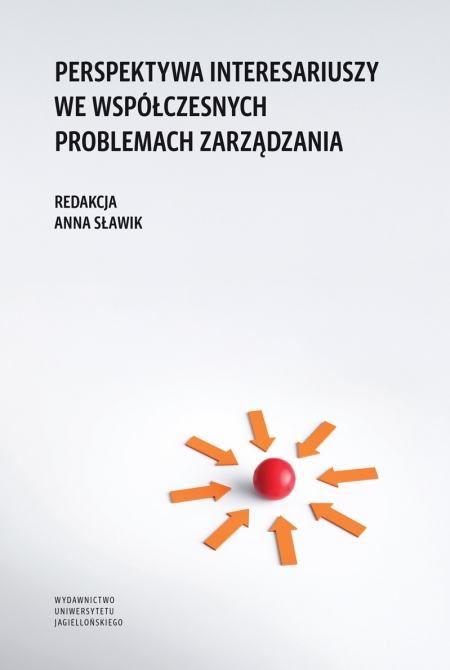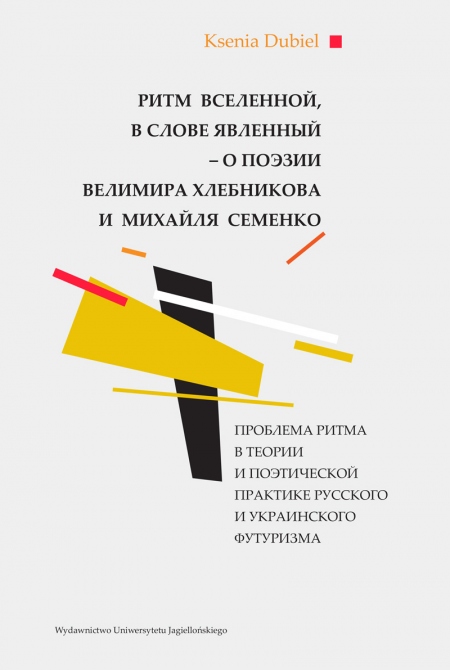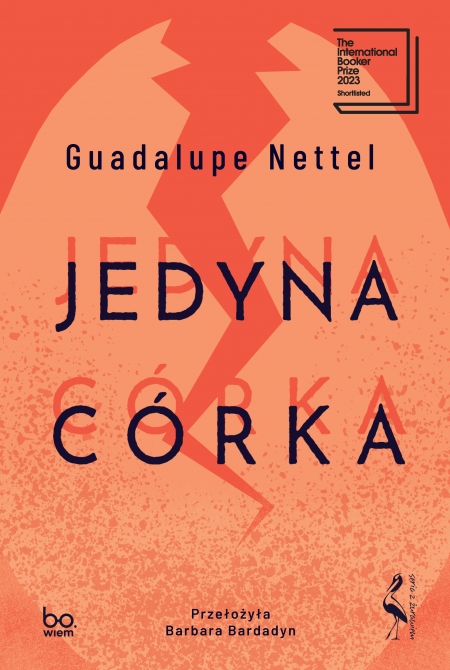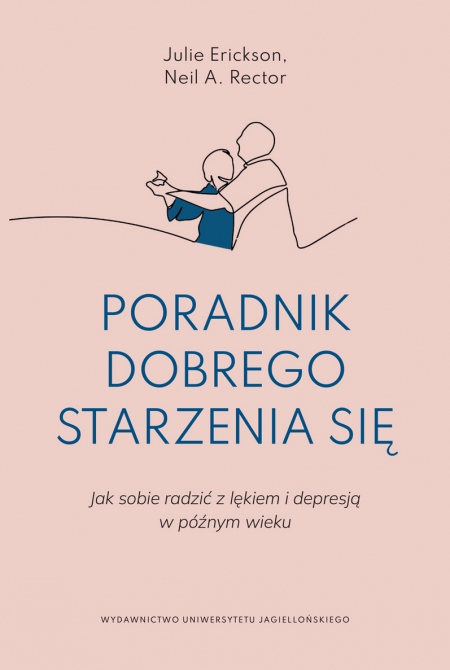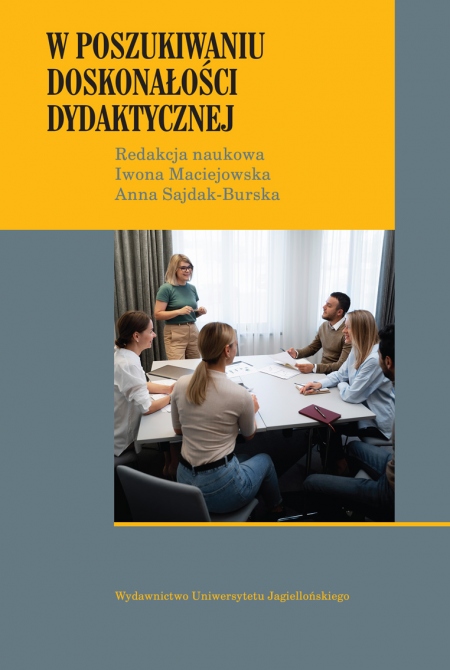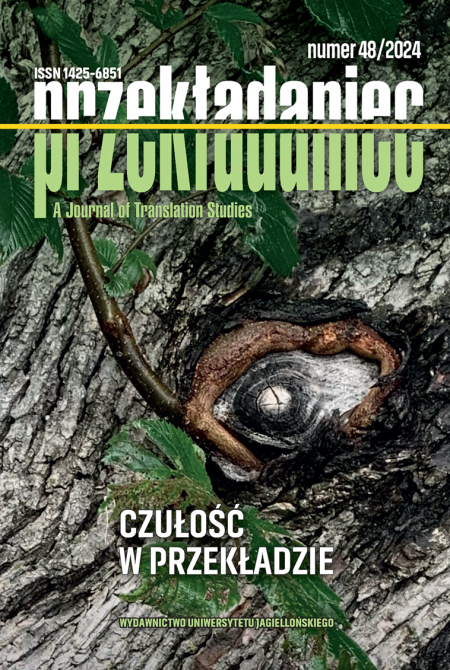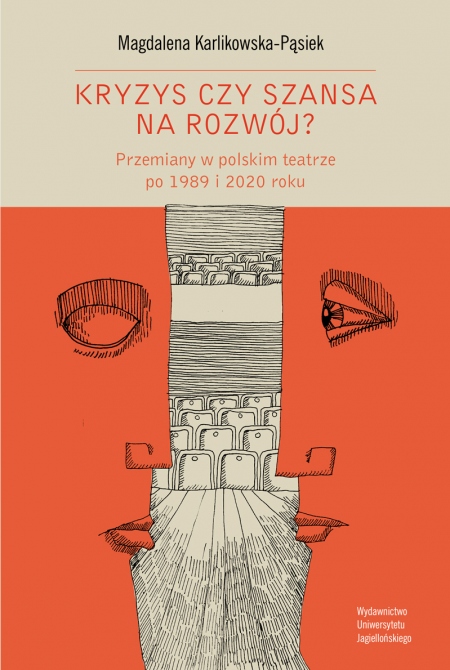
Kryzys czy szansa na rozwój?
Przemiany w polskim teatrze po 1989 i 2020 roku
Pages: 102
Book format: 15,8x23,5 cm
Publication date: 2023
Publication date: 20.12.2023
Book description
A Crisis or a Development Opportunity? Polish Theatre Transformations After 1989 and 2020
Informacja po angielsku: This monograph discusses the most important changes brought about by 1989 and 2020 in terms of organisation and repertoire. The discussion in this book was aimed at finding an answer to a perverse question: Were the reforms caused by political transformations and the global pandemic a source of success or the one of crisis for the Polish theatres? The author paid particular attention to the actor's position in today’s theatre and to the perception of a non-professional spectator. After 1989, the operation mechanisms of individual theatres were also affected by such factors as popularity or the artists’ fees. This publication features interviews with Krakow seniors, listeners of the Jagiellonian University of the Third Age. The respondents’ mean age was 68 years. The respondents were ca. 30–40 years right after the political transformations, their mean age being 35 years in 1989. Thanks to the opinions from the said listeners, we can know a bit about the Polish theatre transformations after 1989 and 2020 as perceived by non-professional but well-educated spectators. In their surveys, the respondents indicated their theatrical preferences not only after 1989, but also after 2020, during the pandemic, and in 2022. The responses helped to follow the theatre spectators’ preferences over time and relating to the Polish theatre transformations. The group of respondents include well-educated people who want to broaden their horizons and, despite their age, acquire knowledge primarily relating to the art and culture, the most important major among the listeners being the History of Art. They learn not to get some ECTS scores and diplomas, but for their own satisfaction. What is more, most respondents used online education during the pandemic. This means that the technological barrier did not affect the opportunity to use the online offer of theatres. However, it did not encourage seniors to use the offer en masse, as shown by the studies. Moreover, the author emphasizes the fact that seniors are one of the most numerous social groups today. Today's old-age pensioners, in particular the ones who grew up and studied in large cities, e.g. in Kraków, remember the performances by the Polish theatre masters, including Andrzej Wajda, Jerzy Grzegorzewski, Jerzy Jarocki, Konrad Swinarski or Tadeusz Kantor. Despite the absence of any education in this field, they have no problems differentiating a masterpiece from an average performance. This is particularly true for differentiating a good avant-garde play from the performance where shocking measures are used without any justification, solely to gain publicity. For this reason, the seniors’ opinions were particularly important for the monograph author when looking for the answer to the question asked in the title.
Informacja po angielsku: This monograph discusses the most important changes brought about by 1989 and 2020 in terms of organisation and repertoire. The discussion in this book was aimed at finding an answer to a perverse question: Were the reforms caused by political transformations and the global pandemic a source of success or the one of crisis for the Polish theatres? The author paid particular attention to the actor's position in today’s theatre and to the perception of a non-professional spectator. After 1989, the operation mechanisms of individual theatres were also affected by such factors as popularity or the artists’ fees. This publication features interviews with Krakow seniors, listeners of the Jagiellonian University of the Third Age. The respondents’ mean age was 68 years. The respondents were ca. 30–40 years right after the political transformations, their mean age being 35 years in 1989. Thanks to the opinions from the said listeners, we can know a bit about the Polish theatre transformations after 1989 and 2020 as perceived by non-professional but well-educated spectators. In their surveys, the respondents indicated their theatrical preferences not only after 1989, but also after 2020, during the pandemic, and in 2022. The responses helped to follow the theatre spectators’ preferences over time and relating to the Polish theatre transformations. The group of respondents include well-educated people who want to broaden their horizons and, despite their age, acquire knowledge primarily relating to the art and culture, the most important major among the listeners being the History of Art. They learn not to get some ECTS scores and diplomas, but for their own satisfaction. What is more, most respondents used online education during the pandemic. This means that the technological barrier did not affect the opportunity to use the online offer of theatres. However, it did not encourage seniors to use the offer en masse, as shown by the studies. Moreover, the author emphasizes the fact that seniors are one of the most numerous social groups today. Today's old-age pensioners, in particular the ones who grew up and studied in large cities, e.g. in Kraków, remember the performances by the Polish theatre masters, including Andrzej Wajda, Jerzy Grzegorzewski, Jerzy Jarocki, Konrad Swinarski or Tadeusz Kantor. Despite the absence of any education in this field, they have no problems differentiating a masterpiece from an average performance. This is particularly true for differentiating a good avant-garde play from the performance where shocking measures are used without any justification, solely to gain publicity. For this reason, the seniors’ opinions were particularly important for the monograph author when looking for the answer to the question asked in the title.
Abour Author
Magdalena Karlikowska-Pąsiek, Administrative Assistant and Lecturer (Jagiellonian University of the Third Age)
Employment
Employment
Language
Polish
Title in English
A Crisis or a Development Opportunity? Polish Theatre Transformations After 1989 and 2020
Edition
first
Authors
Magdalena Karlikowska-Pąsiek

Cover design
Paweł Sepielak
ISBN: 978-83-233-5317-1
e-ISBN (pdf): 978-83-233-7509-8
Country of producer: Poland
RECOMMENDED BOOKS
65.00
zł
52.00
zł
NEW BOOKS

Kryzys czy szansa na rozwój?
Przemiany w polskim teatrze po 1989 i 2020 roku
Kryzys czy szansa na rozwój?
Przemiany w polskim teatrze po 1989 i 2020 roku
Choose chapters to buy:
Order value:
0.00 zł
